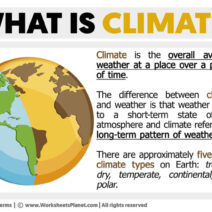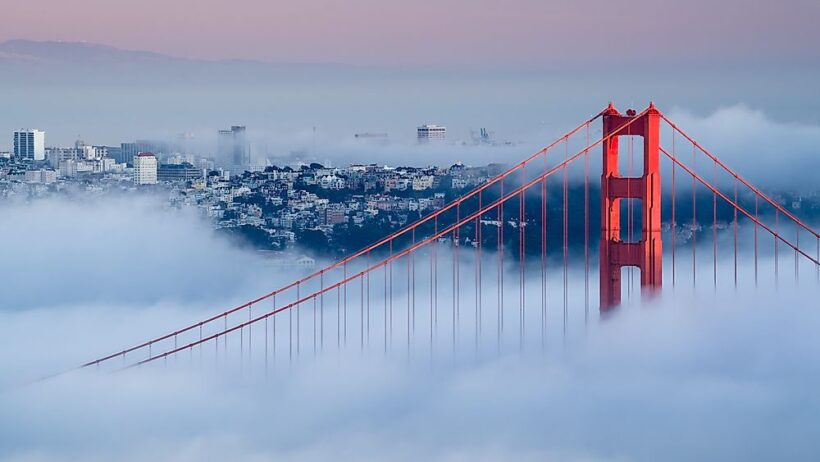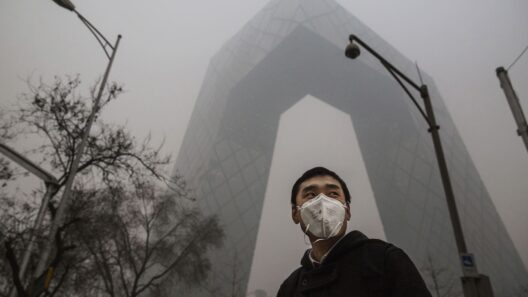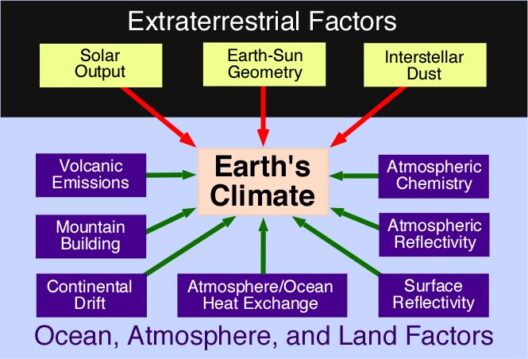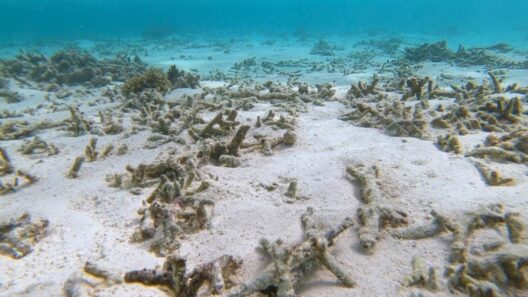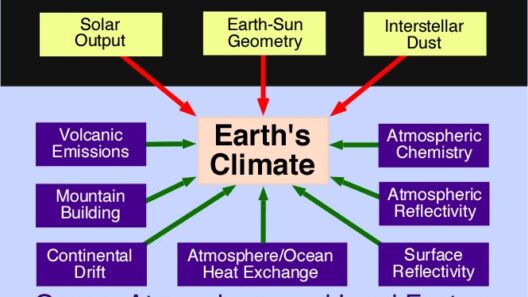San Francisco, a city renowned for its iconic vistas, has a climate that is as unique as its topography. The geographic layout, with the Pacific Ocean to the west and the Sierra Nevada mountain range to the east, contributes significantly to the climatic conditions experienced in this vibrant urban center. As one strolls through the streets of San Francisco, one cannot help but marvel at the interplay of fog, sunshine, and varying microclimates that define the city’s weather patterns.
At first glance, the most prominent feature of San Francisco’s climate is its notorious fog. Often seen swirling majestically around the Golden Gate Bridge, this phenomenon, known locally as “Karl,” forms as moist ocean air meets the cooler temperatures of the land. This temperature differential creates a dense cloud cover, usually from late spring to early autumn. Interestingly, this fog acts as both a shield and a balm, protecting the city from the harshest rays of the sun, while also serving to cool the ambient temperature, resulting in a more temperate urban environment.
However, to pigeonhole San Francisco’s climate merely as ‘foggy’ would be an oversimplification. Indeed, the city’s weather is a complex tapestry woven from multiple threads of microclimates that shift dramatically within short distances. This phenomenon is largely due to the topography – with hills, valleys, and proximity to the bay creating varying atmospheric conditions. For example, neighborhoods situated just a few blocks apart can experience stark differences in weather. The Mission District, which is nestled in a subtropical area, basks in sunshine and warmth, while just a few miles away in the Outer Sunset, residents may find themselves enveloped in a blanket of fog.
The microclimates of San Francisco are categorized primarily as coastal, inland, and elevated climates. Coastal microclimates, such as those found in areas like the Richmond and Sunset districts, are characterized by cooler and damp conditions. Here, mornings often start with a chilling fog that gradually gives way to overcast skies. The presence of the Pacific Ocean keeps these neighborhoods cool, even during the heat of summer.
Contrastingly, the inland neighborhoods, such as the Mission and Soma, enjoy a markedly different climate. These areas receive more sunlight, leading to warmer temperatures. The wind patterns, which draw cool air from the ocean inland, create an envelope of warmth that some residents find quite appealing. The residents of the Mission might bask in temperatures reaching the 80s during summer, while those in nearby areas might still be clutching their jackets, battling off the brisk ocean breezes.
On another note, further elevated areas such as Twin Peaks offer their own distinct environment. These locales enjoy heightened exposure to the sun, with the lovely bonus of sweeping panoramic views of the city. However, they are also susceptible to abrupt weather changes, leading to chilly winds that can cut through even the warmest of summer days. Every neighborhood in San Francisco tells a story of climatic variance, reminding us of nature’s intricacies.
The relationship between the city’s microclimates and local vegetation is another testament to the climatic complexity. The varying conditions promote diversity in plant life throughout the city. While coastal areas may foster hardy, moisture-loving plants, sunny neighborhoods can support more drought-resistant species. Community gardens thrive in places where sunshine reigns, while lush flora adapted to cooler, moist conditions take root in fog-drenched locations. The interplay between climate and ecology paints a vivid picture of how each microclimate supports distinct ecosystems, contributing to San Francisco’s environmental tapestry.
In the grand scheme of climate change, the city’s unique climate dynamics warrant attention. San Francisco is at the forefront of climate activism and innovation in environmental policy aimed at mitigating the impacts of global warming. The intersection of urban development and climate resilience requires a thoughtful approach, urging citizens and policymakers to account for these microclimatic variations in their plans. Disparate areas facing different climate realities necessitate localized solutions that preserve both the urban environment and its inherent ecosystems.
Furthermore, this awareness of microclimates helps communities adapt to changing climatic conditions. The San Francisco Bay Area is not immune to the escalating challenges of climate change, including rising sea levels and increased frequency of extreme weather events. Understanding the localized climate intricacies enables residents to develop more resilient strategies for urban growth, addressing issues such as water conservation, sustainable building practices, and ecological restoration. In a city so intricately tied to its topography and climate, these considerations are both a pragmatic necessity and a moral imperative.
In conclusion, the climate of San Francisco is a captivating interplay of fog, sunshine, and microclimates. This nuanced climatic landscape not only shapes the city’s ecology but also influences the lifestyle and culture of its residents. As individuals continuing to grapple with the implications of climate change, the mystery of San Francisco’s weather patterns compels deeper inquiry. The city stands as a powerful example of how the environment can be precisely measured and preserved, urging us to recognize and cherish the delicate balance between urban life and nature’s rhythms.
